As a Cisco Meraki Solutions Specialist (500-220) exam candidate, you must know everything you should face, how to study, the exam details you need to know, the Cisco Meraki Solutions Specialist market conditions, salary packages, etc.
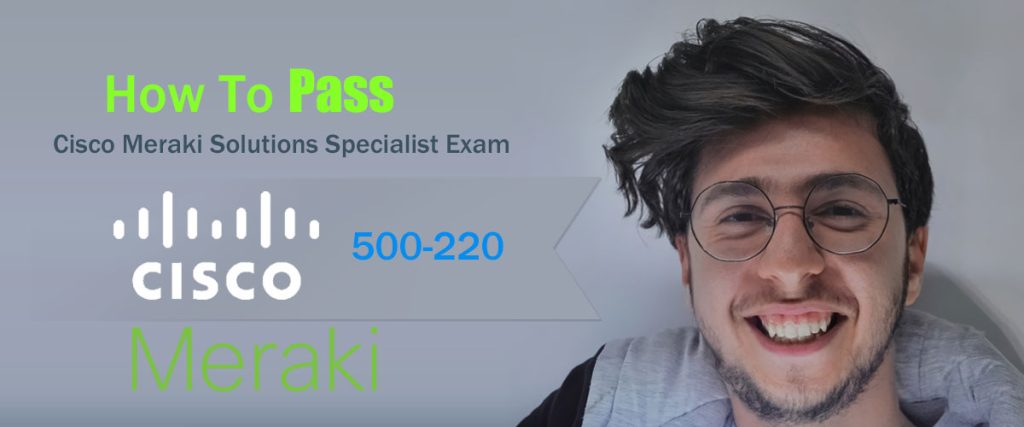
Next, I will tell you how to pass the exam and plan your career…
Overview:
- Market demand
- Professional environment and salary benefits
- Exam Overview
- Learning Path
- Online experience
- Summarize
Cisco Meraki Solutions Specialist (500-220) market demand
The demand for Cisco Meraki Solutions Specialists is high due to the rapid growth of Cisco Meraki networks in organizations worldwide:
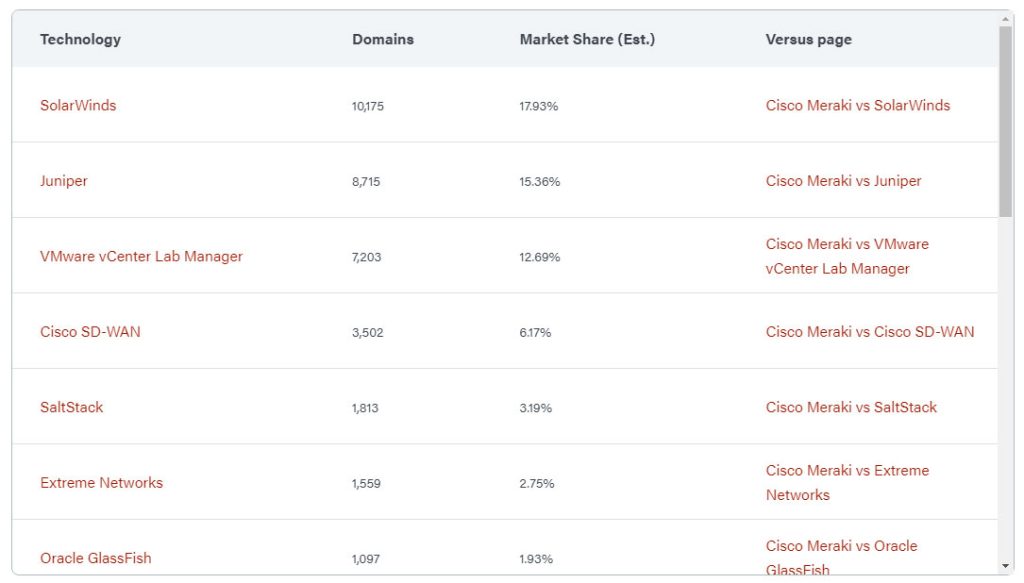
| Number of networks | There are more than 2.5 million active Meraki networks in over 190 countries. |
| Market share | Cisco Meraki has a 21.37% market share in the network-management market. |
| Value to organizations | Cisco Meraki Solutions Specialists are highly valued in organizations because they help teams realize the full return on their investment in Meraki technologies. |
Cisco Meraki is a networking solution that offers products such as WAN connectivity, security, application assurance, and wired and wireless access.
Cisco Meraki solution specialist (500-220) Professional environment and salary benefits
cisco Meraki solution specialist (500-220) There are certain differences in career choices and salary. Different cities and work experience will greatly affect your career salary.
How much does a Cisco Meraki Solutions Specialist make?
As of Oct 15, 2024, the average hourly pay for a Cisco Meraki Solutions Specialist in the United States is $30.60 an hour.
While ZipRecruiter is seeing hourly wages as high as $65.14 and as low as $7.21, the majority of Cisco Meraki Solutions Specialist wages currently range between $18.27 (25th percentile) to $38.46 (75th percentile) across the United States. The average pay range for a Cisco Meraki Solutions Specialist varies greatly (by as much as $20.19), which suggests there may be many opportunities for advancement and increased pay based on skill level, location, and years of experience.
Based on recent job postings on ZipRecruiter, the Cisco Meraki Solutions Specialist job market in both Los Angeles, CA, and the surrounding area is very active. A Cisco Meraki Solutions Specialist in your area makes on average $33 per hour, or $2.37 (77.514%) more than the national average hourly salary of $30.60. California ranks number 4 out of 50 states nationwide for Cisco Meraki Solutions Specialist salaries.
ZipRecruiter continuously scans its database of millions of active jobs published locally throughout America to estimate the most accurate hourly salary range for Cisco Meraki Solutions Specialist jobs.
What are the Top 10 Highest Paying Cities for Cisco Meraki Solutions Specialist Jobs
We’ve identified 10 cities where the typical salary for a Cisco Meraki Solutions Specialist job is above the national average. Topping the list is Santa Clara, CA, with Washington, DC, and San Francisco, CA close behind in the second and third positions. San Francisco, CA beats the national average by $12,324 (19.4%), and Santa Clara, CA furthers that trend with another $15,471 (24.3%) above the $63,640 average.
With these 10 cities having average salaries higher than the national average, the opportunities for economic advancement by changing locations as a Cisco Meraki Solutions Specialist appear to be exceedingly fruitful.
Finally, another factor to consider is that the average salary for these top ten cities varies very little, at 7%, between Santa Clara, CA, and Huntington Beach, CA, reinforcing the limited potential for wage advancement. The possibility of a lower cost of living may be the best factor when considering location and salary for a Cisco Meraki Solutions Specialist role.

Tips: If there is an error or it is no longer allowed to be displayed, I can delete it
Cisco Meraki Solutions Specialist (500-220) Exam Overview

The Cisco Meraki Solutions Specialist (ECMS 500-220) exam is a 90-minute, proctored test that assesses a candidate’s knowledge and skills in engineering Meraki solutions. The exam covers the following topics: cloud management, design, implementation, monitoring, and troubleshooting.
The exam is available worldwide in English and some additional languages. Results are available online, usually within 48 hours.
Candidates can locate a test center and schedule their exam at Pearson VUE.
The Cisco Meraki Solutions Specialist certification validates a candidate’s ability to plan, design, implement, and operate Cisco Meraki solutions.
Cisco Meraki Solutions Specialist learning path
Cisco is currently the industry that candidates choose the most. It is not easy to become a member of Cisco. You need to spend time learning and practicing. There are many ways to study for the cisco certification exam. The following will introduce you to how to study for the Cisco Meraki Solutions Specialist certification exam:
| Engineering Cisco Meraki Solutions (ECMS) | This training combines parts one and two of the ECMS training to help you prepare for the 500-220 ECMS exam. The training covers topics such as cloud-based solutions, network security protocols, and troubleshooting strategies. You can earn 24 Continuing Education (CE) credits towards recertification for completing the training. |
| Cisco U | This option offers a curriculum tailored to your interests, skills, and certification goals. |
| Instructor-led training | You can join classroom-style learning and discussions led by Cisco and their Learning Partners. |
| Self-paced e-learning courses | You can study at your own pace. |
| Labs and simulators | You can use these resources to help you prepare for the exam. |
| Leads4pass Practice tests | You can use the Leads4Pass 500-220 exam practice materials to help you prepare for your Cisco Meraki Solutions Specialist certification exam 1-2 weeks before the exam. |
| Cisco Meraki Training Video Series | This series on YouTube provides comprehensive training on Cisco Meraki products and features. |
Generally speaking, there are many learning methods. The learning paths in the table are based on the learning methods with the highest passing rate on the market. You can refer to them for learning.
Cisco Meraki Solutions Specialist (500-220) latest practice materials
| Number of exam questions | Type | From | Updated | Related |
| 15 | Free | Leads4Pass | Oct 17, 2024 | Cisco Meraki Solutions Specialist dumps |
Question 1:

Refer to the exhibit. Which IDS/IPS mode is the MX Security Appliance configured for?
A. quarantine
B. prevention
C. detection
D. blocking
Correct Answer: B
Question 2:
A customer wants to use Microsoft Azure to host corporate application servers.
Which feature does the customer get by using a vMX appliance rather than connecting directly to Azure by VPN?
A. malware protection
B. SD-WAN
C. next-generation firewall
D. intrusion prevention
Correct Answer: B
Question 3:
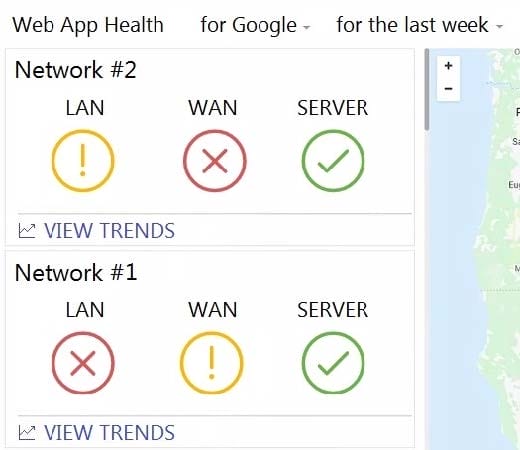
Refer to the exhibit. What are two outcomes reflected in the Web App Health application? (Choose two.)
A. Users on both networks may be experiencing issues when attempting to reach Google.
B. Network #1 could not load Google because of a remote server issue.
C. Network #2 had better application performance than Network #1.
D. Network #2 could not load Google because of a local client misconfiguration.
E. Neither network recorded any server-side performance issues.
Correct Answer: AE
Question 4:
How does a Meraki device behave if cloud connectivity is temporarily lost?
A. The offline device continues to run with its last known configuration until cloud connectivity is restored.
B. The offline device reboots every 5 minutes until the connection is restored.
C. The offline device stops passing traffic.
D. The offline device tries to form a connection with a local backup server.
Correct Answer: A
Reference: https://community.meraki.com/t5/Security-SD-WAN/Cloud-Services/td-p/43141
Question 5:
What are two organization permission types? (Choose two.)
A. Full
B. Read-only
C. Monitor-only
D. Write
E. Write-only
Correct Answer: AB
Question 6:
What is the role of the Meraki Dashboard as the service provider when using SAML for single sign-on to the Dashboard?
A. The Dashboard generates the SAML request.
B. The Dashboard provides user access credentials.
C. The Dashboard parses the SAML request and authenticates users.
D. The Dashboard generates the SAML response.
Correct Answer: A
Question 7:
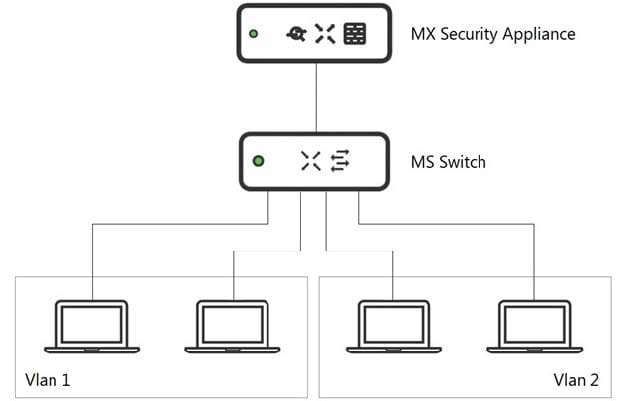
Refer to the exhibit. What is the advantage of implementing inter-VLAN routing on an MX Security Appliance rather than performing inter-VLAN routing on an MS Series Switch?
A. The MX appliance performs IDS/IPS for inter-VLAN traffic.
B. The MX appliance performs AMP for inter-VLAN traffic.
C. The MX appliance performs data encryption for inter-VLAN traffic.
D. The MX appliance performs content filtering for inter-VLAN traffic.
Correct Answer: A
Question 8:
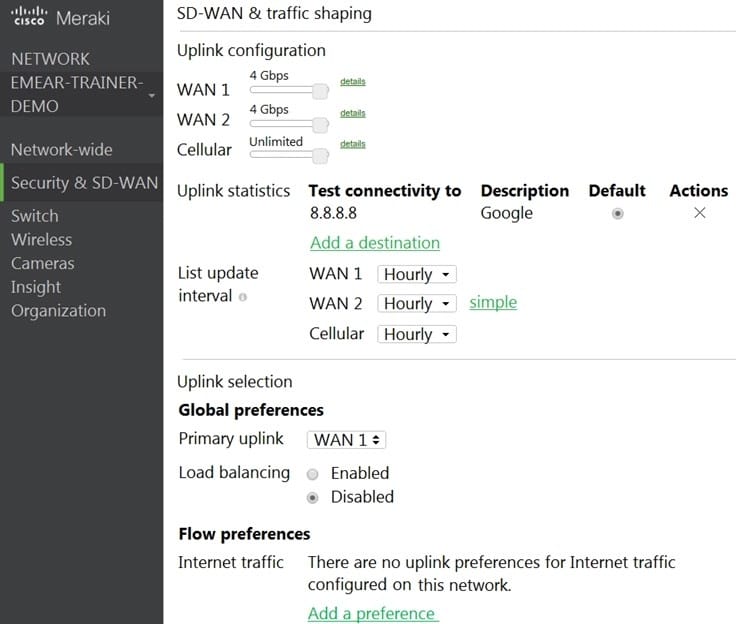
Refer to the exhibit. Which two actions are required to optimize load balancing asymmetrically with a 4:1 ratio between links? (Choose two.)
A. Change the primary uplink to “none”.
B. Add an internet traffic preference that defines the load-balancing ratio as 4:1.
C. Enable load balancing.
D. Set the speed of the cellular uplink to zero.
E. Change the assigned speeds of WAN 1 and WAN 2 so that the ratio is 4:1.
Correct Answer: CE
Question 9:

Refer to the exhibit. Which outcome occurs when logging is set to Enabled?
A. Outbound flows are sent to a configured syslog server if a syslog sender is configured for flows.
B. The hits counter within this section is now enabled.
C. This firewall rule is now enabled.
D. Inbound flows are sent to a configured syslog server if a syslog server is configured for flows.
Correct Answer: A
Question 10:
Which information is used to calculate whether a WAN link has high usage?
A. data under Security and SD-WAN > Appliance Status > Uplink > Live Data
B. total historical throughput of an uplink
C. total number of devices that are actively passing traffic
D. value under Security and SD-WAN > SD-WAN and Traffic Shaping > Uplink Configuration
Correct Answer: D
Question 11:
Which VLAN is used to source pings across the site-to-site VPN when using the MX Live tools?
A. highest VLAN ID that is configured and set to NO to use VPN
B. lowest VLAN ID that is configured and set to YES to use VPN
C. highest VLAN ID that is configured and set to YES to use VPN
D. lowest VLAN ID configured and set to NO to use VPN
Correct Answer: C
Question 12:
What are the two roles of the network and device tags in a Dashboard? (Choose two.)
A. Tags enable administrators to configure a combination of network and device-specific tags to create summary reports filtered for specific devices across multiple networks.
B. Network tags can be used to assign networks to separate Auto VPN domains in an Organization with many networks.
C. Network tags can be used to simplify the assignment of network-level permissions in an Organization with many networks.
D. Device tags can be used to simplify the assignment of device-level permissions in an Organization with many administrators.
E. Device tags can be assigned to MR APs to influence the gateway selection for repeaters in a mesh wireless network.
Correct Answer: AE
Question 13:
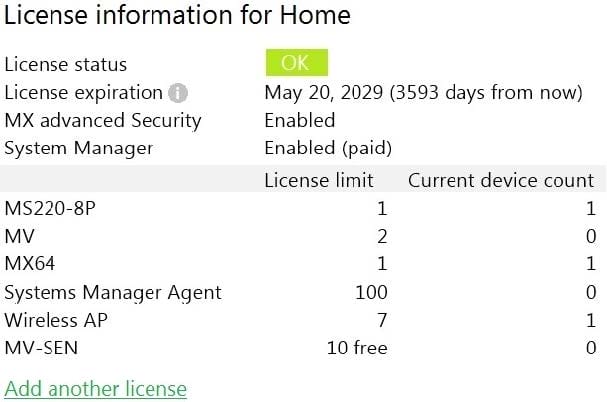
Refer to the exhibit. This Dashboard organization uses a Co-Termination licensing model.
What happens when an additional seven APs are claimed on this network without adding licenses?
A. All APs immediately stop functioning.
B. All network devices stop functioning in 30 days.
C. One AP Immediately stops functioning.
D. All APs stop functioning in 30 days.
Correct Answer: B
Question 14:
Which two actions can extend the video retention of a Cisco Meraki MV Smart Camera? (Choose two.)
A. enabling audio compression
B. installing an SSD memory extension
C. enabling motion-based retention
D. enabling maximum retention limit
E. configuring a recording schedule
Correct Answer: CE
Reference: https://documentation.meraki.com/MV/Initial_Configuration/Video_Retention
Question 15:
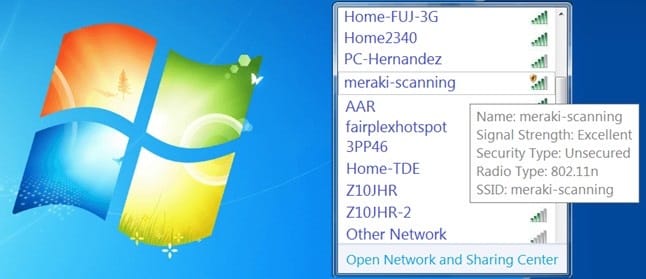
Refer to the exhibit. During a Meraki AP deployment, the default SSID that the exhibit shows is broadcast. What causes this behavior?
A. An AP does not have a wired connection to the network.
B. An AP cannot connect to the default gateway.
C. An AP has never connected to the Meraki Cloud Controller.
D. An AP has Site Survey mode enabled.
Correct Answer: B
…
Summarize
To sum up: To participate in the Cisco Meraki Solutions Specialist (500-220) exam, you need to have a complete set of plans. You must first face the certification exam. After passing the exam, you need to choose a job and salary requirements based on your region. All of this you You can complete the steps according to the prompts given to you.
Finally I wish you good luck!